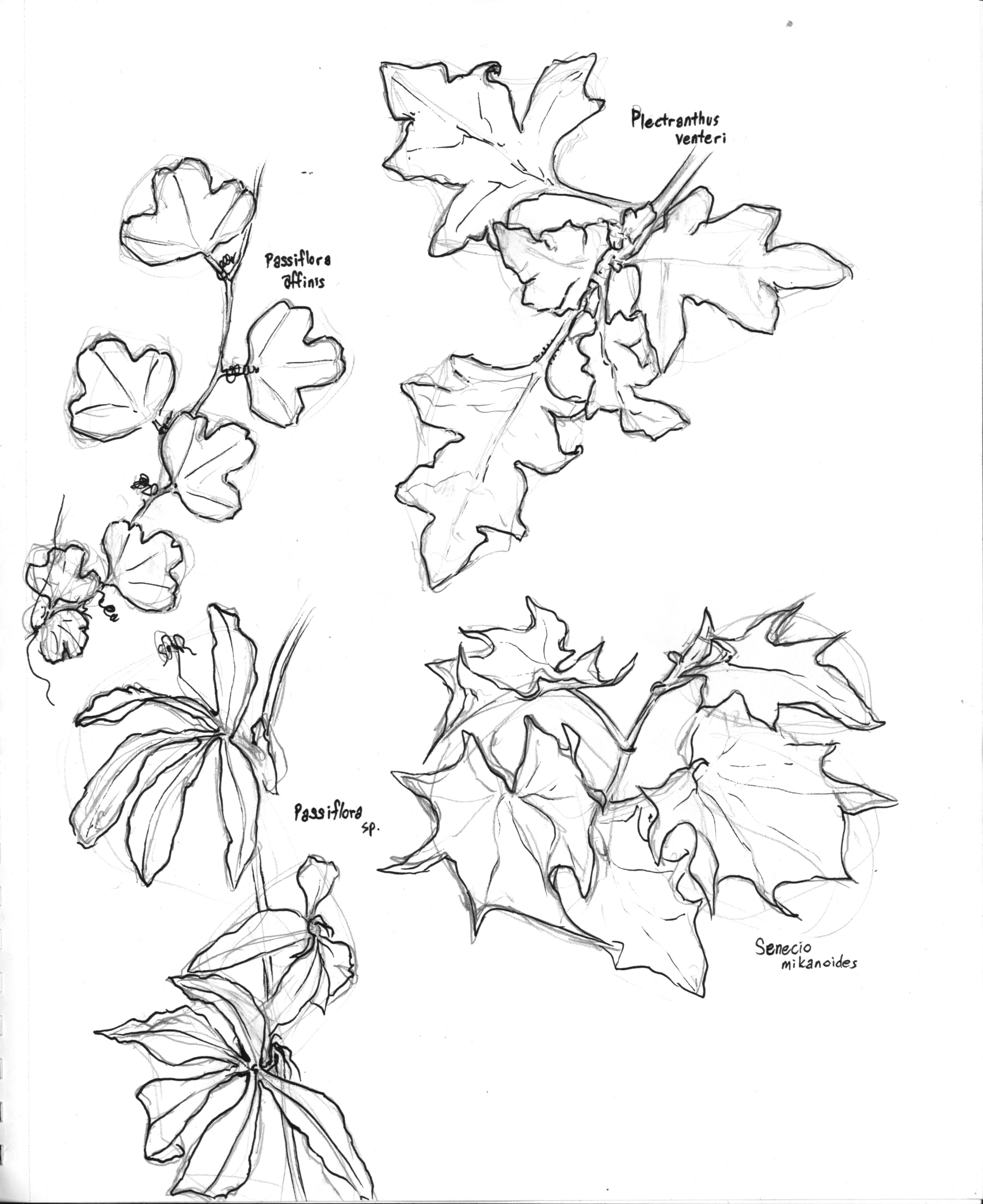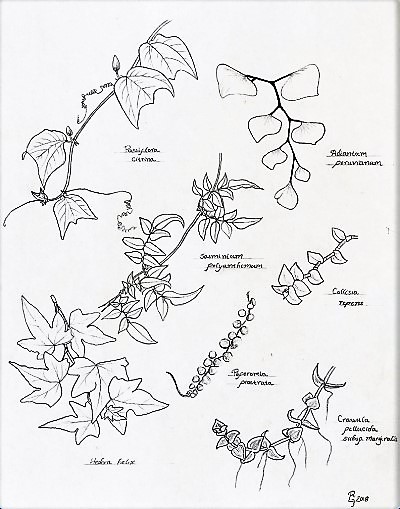Exercise 3.1: Drawing Geometric Forms with Pencil
 Geometric forms can be found all throughout nature and life. Each different shape makes up the space and forms of stems, foliage, flowers, berries and more. Some of the shapes may include spheres, cones, cylinders, and ovoids. Grasping the idea of three-dimensional shapes will assist in bringing your illustrations to life.
Geometric forms can be found all throughout nature and life. Each different shape makes up the space and forms of stems, foliage, flowers, berries and more. Some of the shapes may include spheres, cones, cylinders, and ovoids. Grasping the idea of three-dimensional shapes will assist in bringing your illustrations to life.
What shapes and forms do you see in the photo of the grape hyacinth to the left?
Before creating your botanical illustrations, write down the shapes and forms you observe. Each different shape should come to life on your paper, to become 3-dimensional and not flat. For this exercise start exploring the outdoors, as well as any conservatories or greenhouses available to you. Observe the different geometric forms, sketch them with your pencil and paper and do not worry about details. This exercise corresponds with the reading - pg. 28-29.
After you have completed your observation of geometric forms, find three different types of leaves. Observe and note the variations of form and shapes. Notice the detailed differences such as leaf margins, veins, etc. With your pencil and paper, sketch the outline of the leaves, then work on the details. Spend 10-20 minutes on each leaf.
Below are examples of the different types of leaf shapes. As an advanced illustrator you should become familiar with these shapes and be able to recognize them. The slightest difference between a plant species can lie in the serration of the foliage.
After completion, sign your work. If you are able to identify the foliage, on the bottom right hand corner neatly print the scientific name, and then the common name. From the review, remember the scientific name should be either italicized, or underlined. Look up the correct spelling, if you need to.

